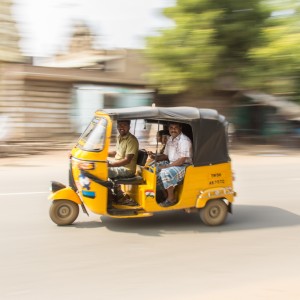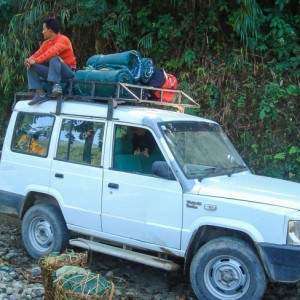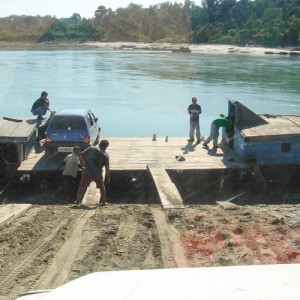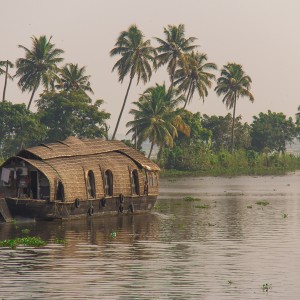Our goal of accommodation is cleanliness, comfort and authenticity. While always aiming for quality and a great night’s sleep, we prefer an authentic experience of local hospitality to large chain hotels. In big cities we may stay in hotels of international standard, while during remote tours we might find ourselves sleeping in a small family-run guesthouse or a home-stay. Often it is these simple warm-hearted places that give us the best memories of real Indian hospitality!
Accommodation is usually arranged on shared twin room basis, with an attached bathroom. All meals are included, mainly a tasty selection of Indian vegetarian and non-vegetarian dishes.




